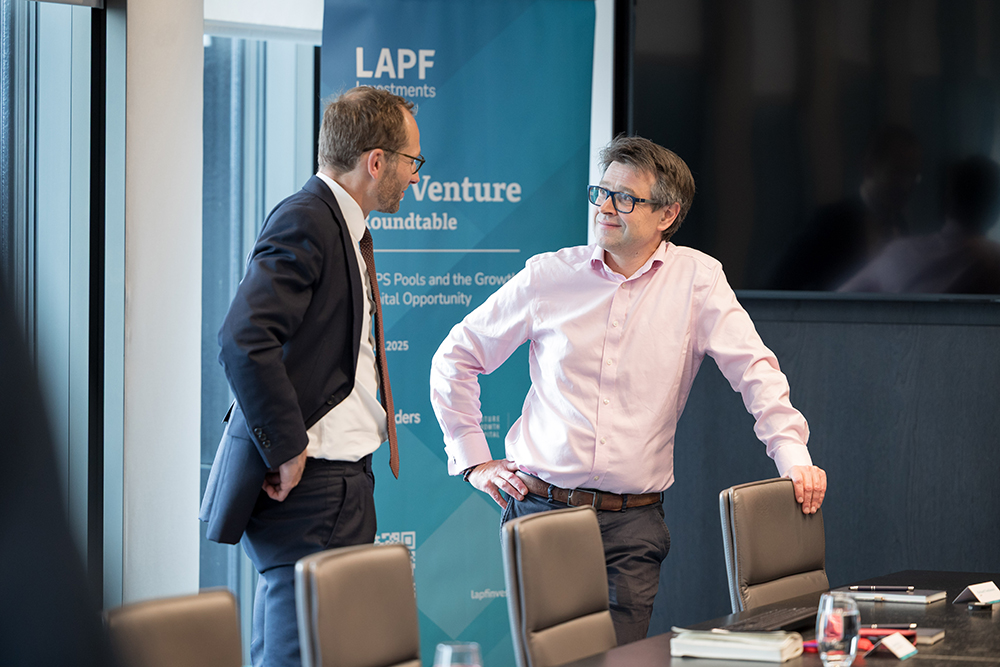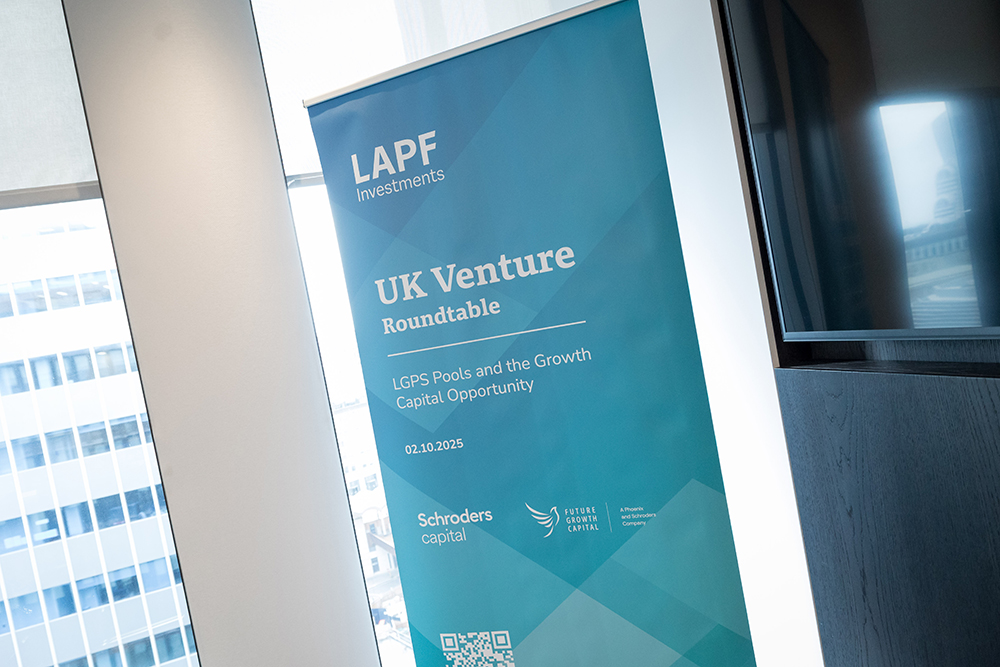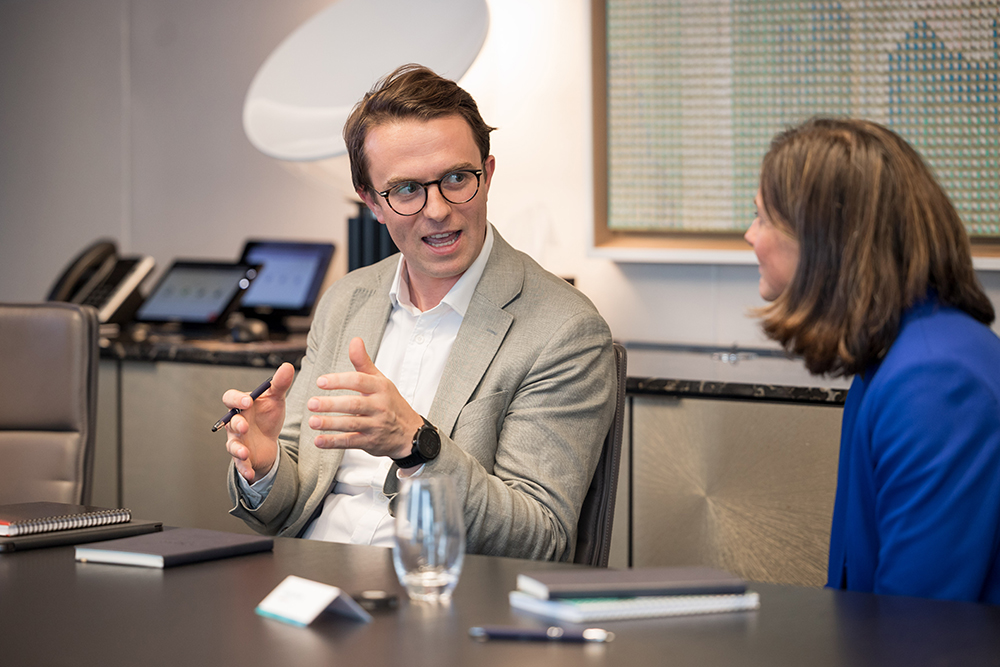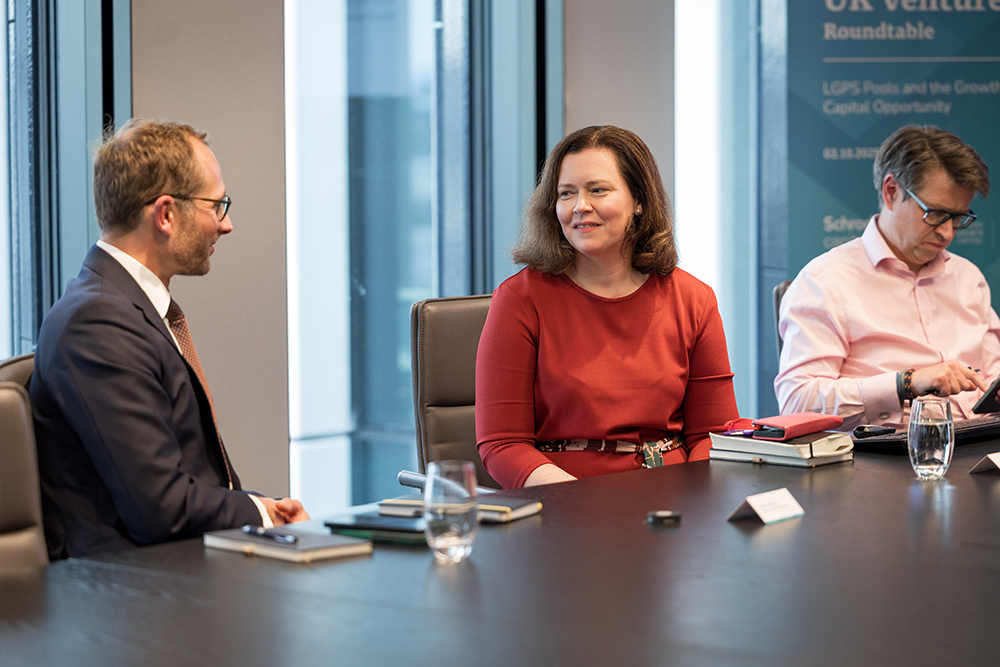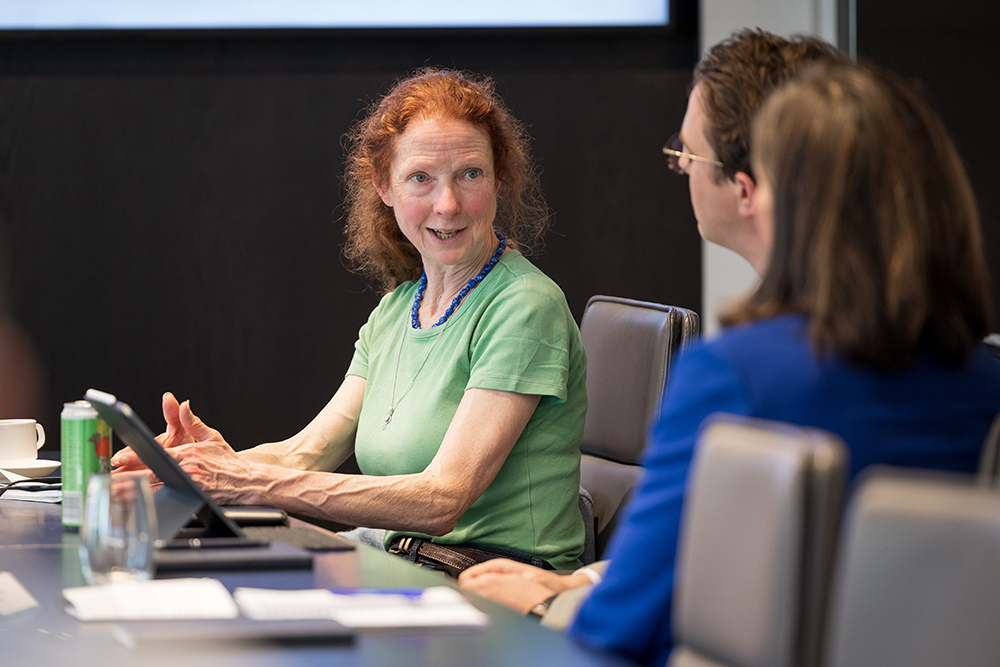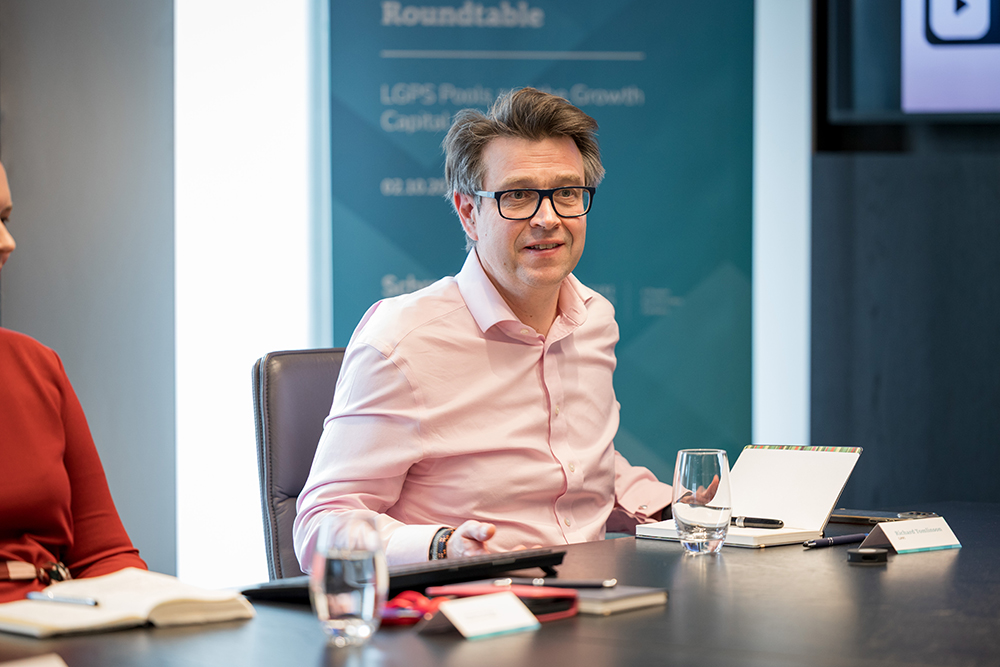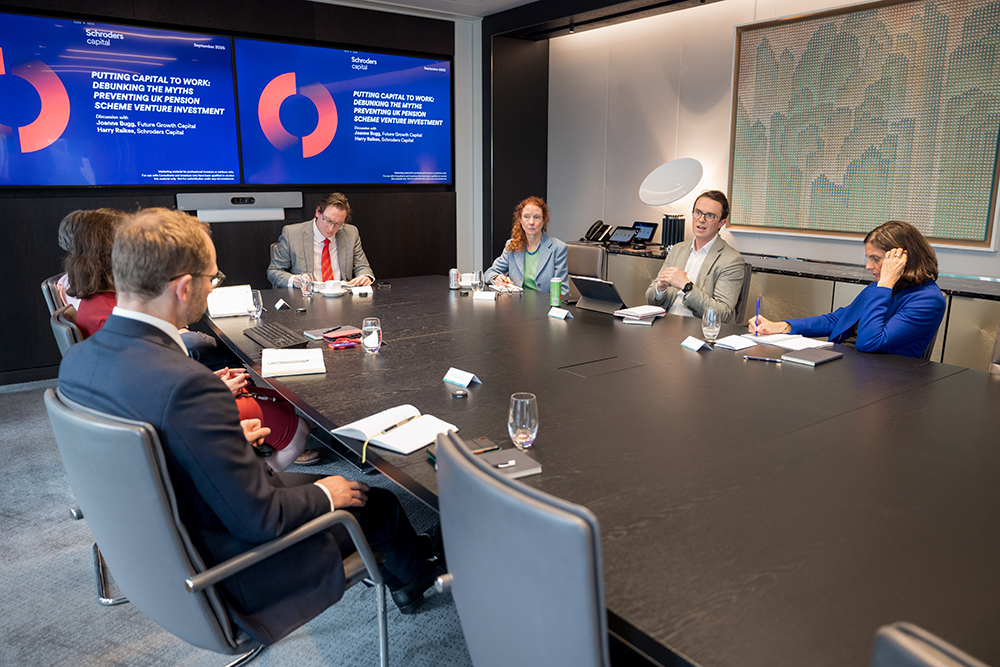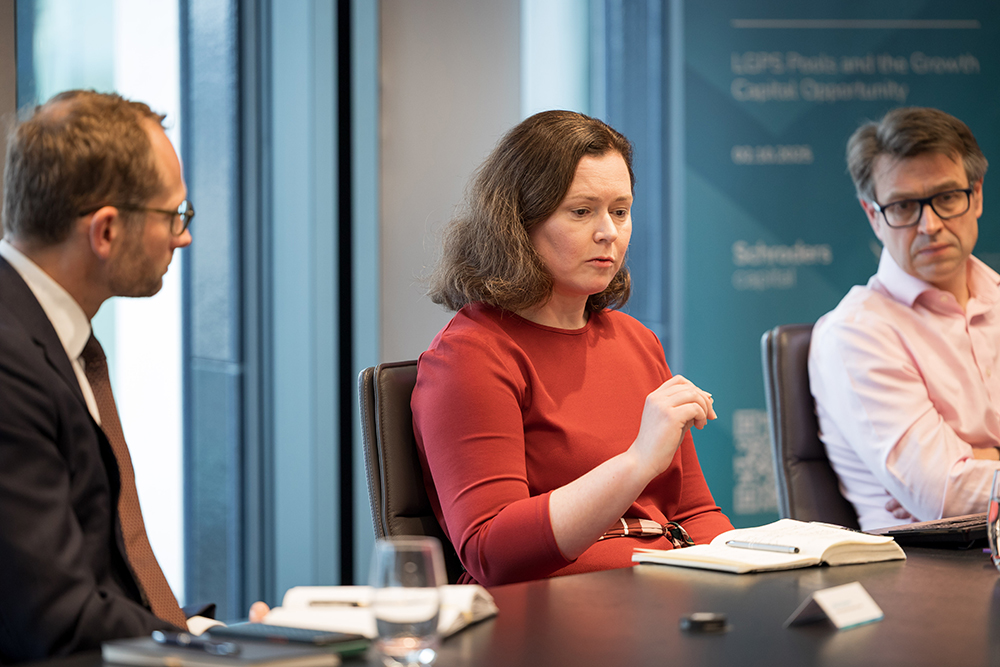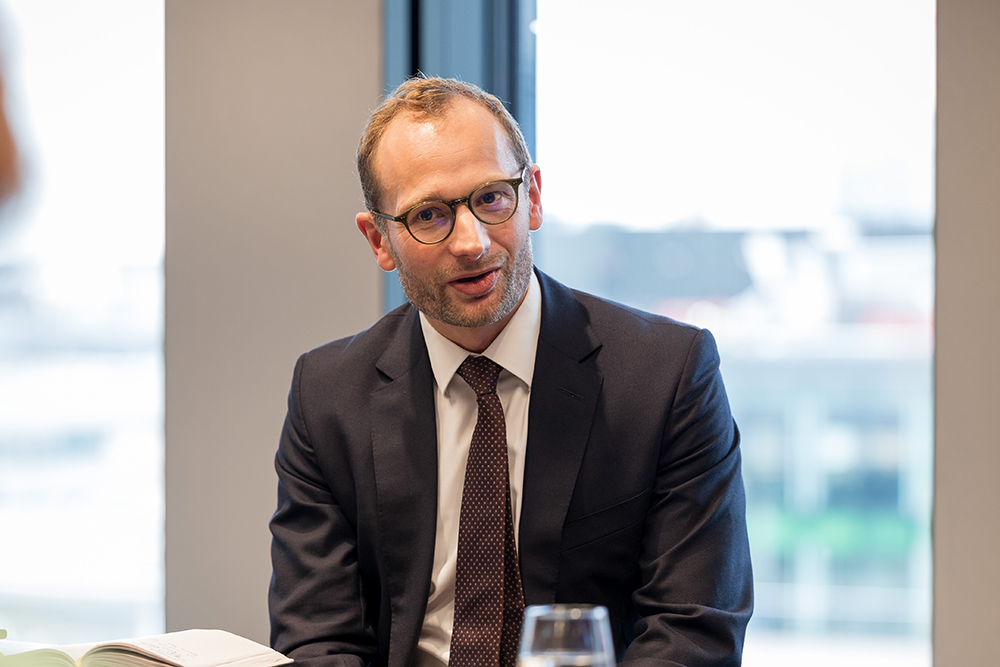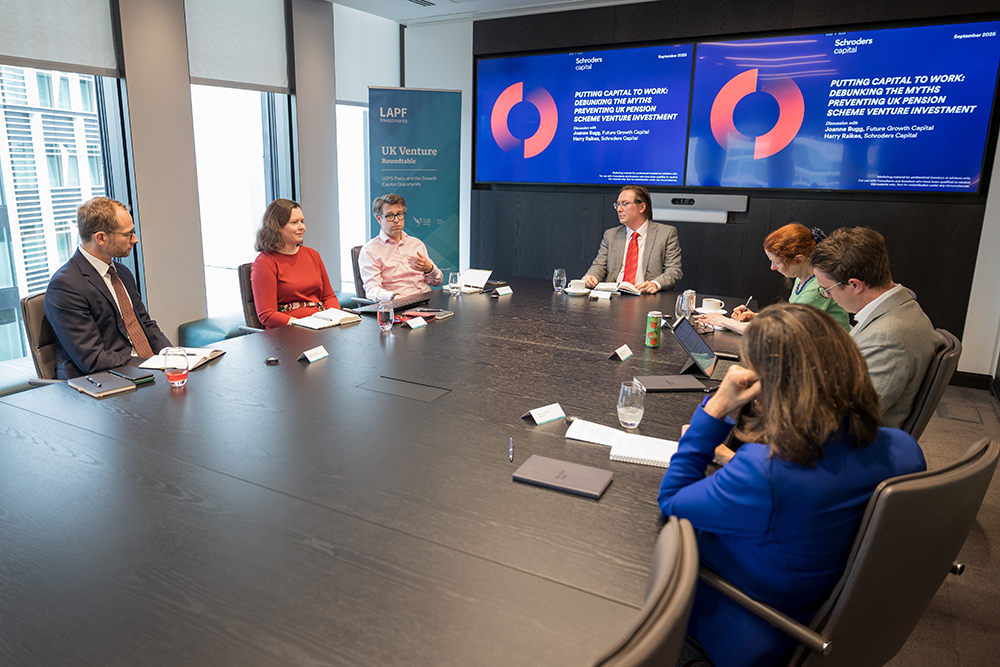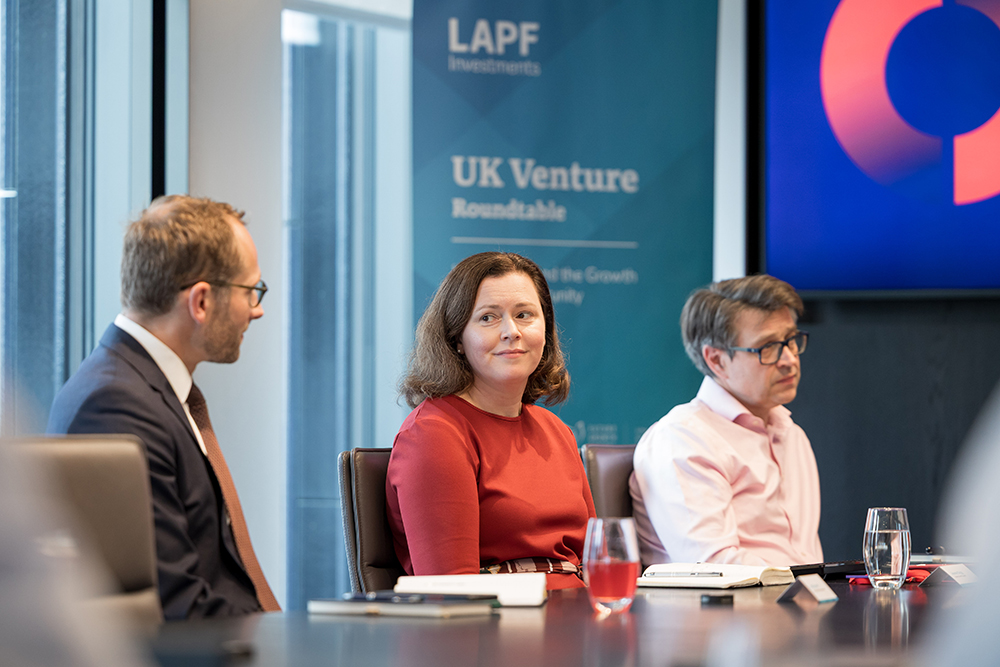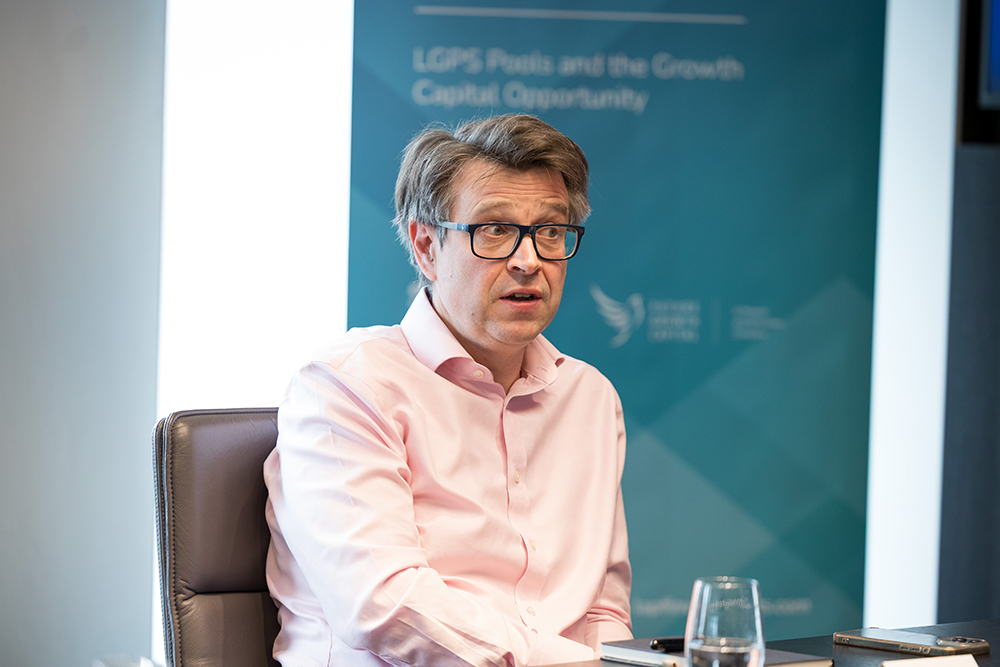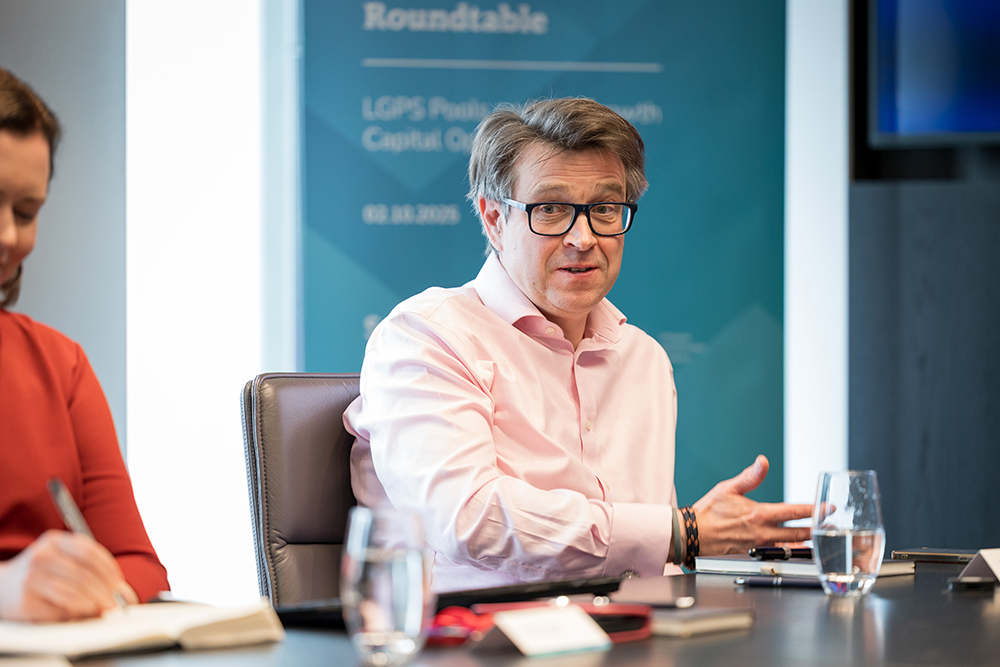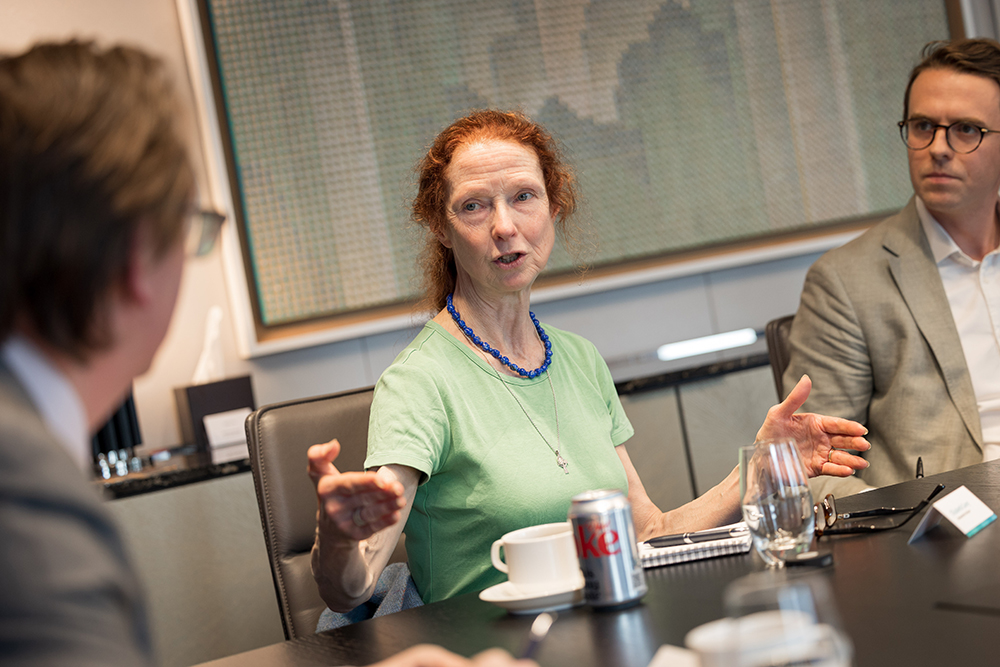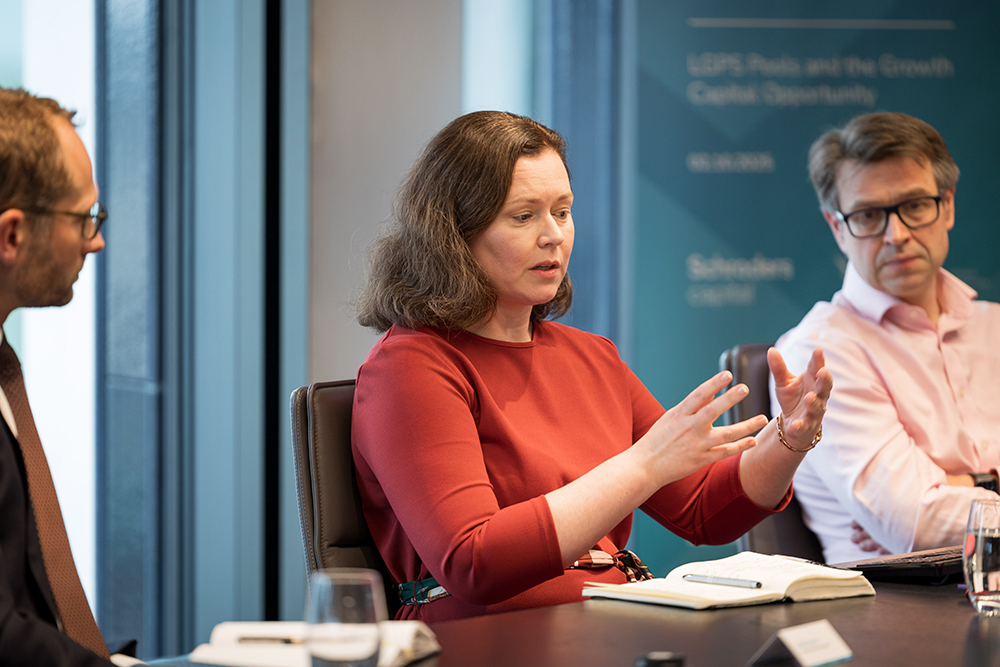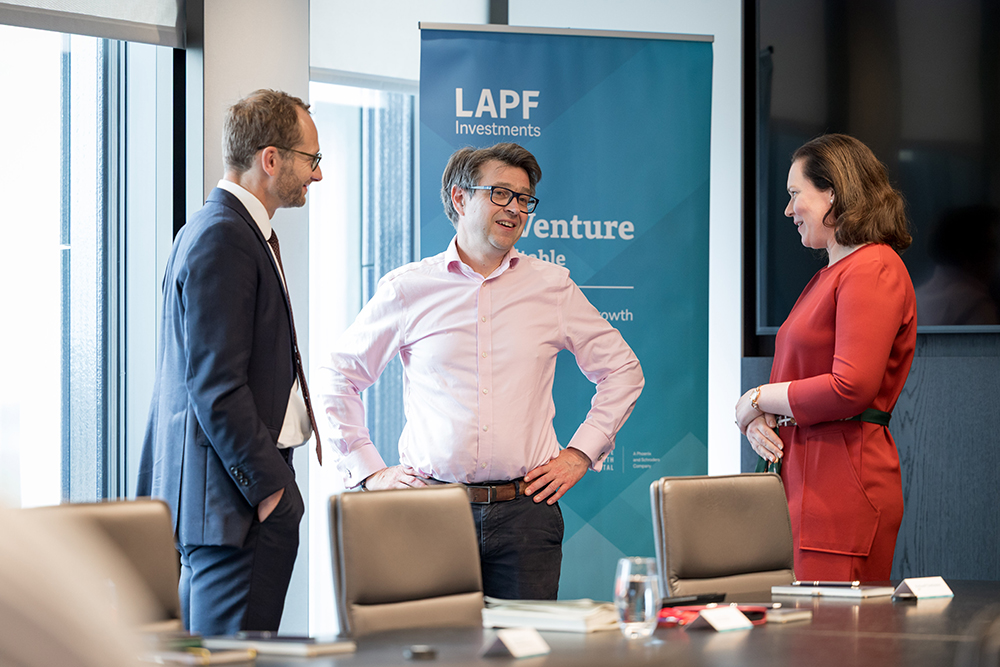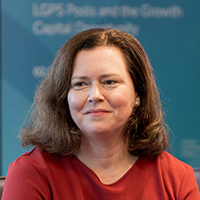
Bridging the gap: UK venture capital investment and the LGPS
Pension funds are increasingly exploring UK venture capital despite concerns over risk and costs, writes Nick Reeve following an LAPF Investments and Schroders Capital event
As the UK government seeks to boost economic growth, it is increasingly turning to the country’s pension funds to encourage them to put more money to work domestically.
Pension funds typically allocate significantly to listed equities and bonds, while asset classes such as venture capital have been overlooked. This can be due to perceptions about risk, costs, complexity, or accessibility.
However, it appears that these attitudes are beginning to change.
At a recent roundtable discussion co-hosted by LAPF Investments and Schroders Capital, representatives from LGPS funds, pools, and advisors explored the current momentum within the UK venture capital (VC) ecosystem and examined the challenges and opportunities involved in mobilising large pools of domestic capital to support high-growth UK enterprises.
Combining institutional capital and the venture opportunity
The UK boasts the largest venture capital market in Europe, with a market share of more than 30% in 2024. It is the third largest in the world behind the US and China, according to the British Business Bank. There is also a growing number of “unicorns” – businesses valued at £1 billion – emerging from the UK’s venture capital market.
Historically, many small, fast-growing businesses in the UK have had to turn to the US for crucial “growth stage” capital as UK investors have been unwilling to take risks in this sector.
It is estimated that around 16 times more capital enters the UK market from global sources than domestic, according to the British Private Equity and Venture Capital Association.
This is beginning to change. Jenny Buck, chief investment officer at London CIV, said her pool was exploring the launch of a private equity and venture capital investment platform in 2026, given the level of interest from partner funds.
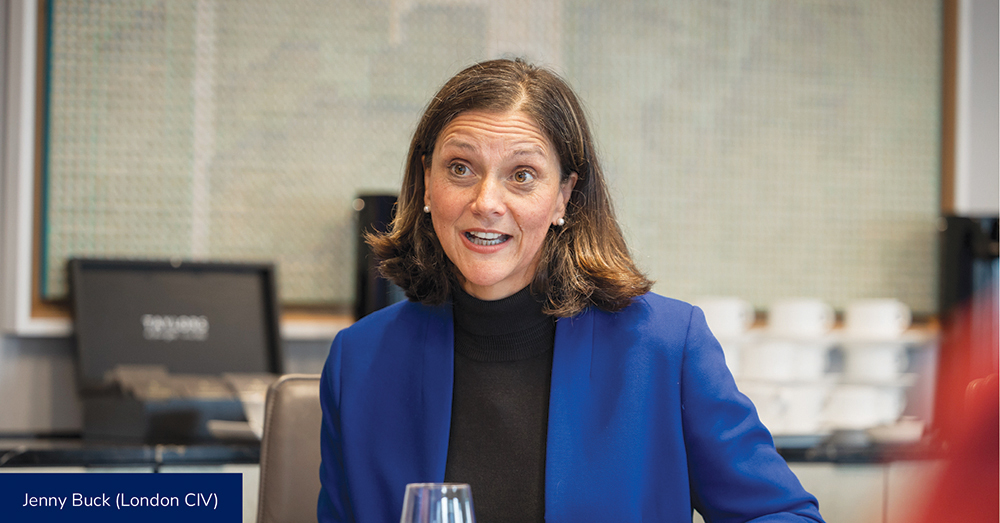
Richard Tomlinson, CIO at Local Pension Partnership Investment (LPPI), said his pool had not yet allocated to venture capital, but indicated that this was likely to change.
“From our point of view, it’s getting to the point where we’re comfortable with what venture would bring for the aggregate total portfolio, and it makes sense from a financial return point of view,” he said.
Elizabeth Carey, an independent adviser to the Torfaen and Bedfordshire LGPS funds, said that, for some funds, success in other asset classes – such as private credit or real estate – was based on a deliberate strategy of crowding in capital through targeted mandates.
The Wales Pension Partnership has mandates with Schroders covering private equity and real estate. The latter involves a local “sleeve” that aims to acquire attractive Welsh opportunities if they are available.
Carey suggested that applying similar intentionality to venture capital could help ensure UK-focused investment delivers additionality – creating high-quality employment and fostering innovation, rather than simply recycling capital into more established investments such as well-served property markets or buyouts.
Attendees agreed that institutional investors must be willing to accept certain trade-offs when investing in venture capital: higher fees, smaller deal sizes, and a need for more active engagement through highly skilled, specialist managers.
Without such explicit acceptance, Carey warned, investors risk defaulting to “bigger, easier stuff” that does little to support new, high growth UK companies.
Understanding and managing risk
A recurring concern throughout the conversation was the perception of risk management within venture capital.
It is often perceived as a high-risk asset class due to the high number of companies in venture portfolios that will fail – although research from PwC earlier this year indicated that the rate of insolvencies among UK start-ups hit a multi-year low in 2024.
As attendees discussed, investors often overestimate the downside of venture exposure. Losses are number-weighted rather than capital-weighted. This means that early-stage losses tend to involve relatively small sums, so the portfolio-level impact can be modest even if several investments fail.
A more substantial challenge is accessing the best managers. LPPI’s Tomlinson pointed out that “you have to believe that you’re able to get into the top tier” of manager performance. He suggested that investors must cultivate conviction and access to top managers, rather than attempt to diversify indiscriminately.
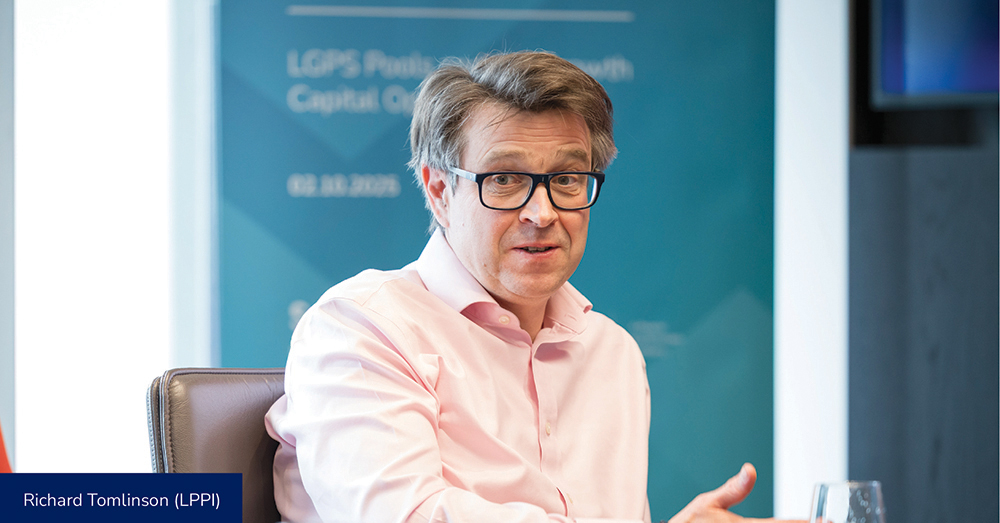
Joanne Bugg, head of manager selection at Future Growth Capital, agreed, highlighting the wide dispersion of returns between top-quartile and bottom-quartile venture managers. Manager selection, therefore, is “the single most decisive factor” in determining outcomes, she said.
Bugg explained that her team’s due diligence process focuses on a manager’s prominence – the team’s network, its investment “DNA”, the ability to reserve capital for follow-on rounds, and track record in commercialising innovation.
Specialist expertise was also important, she said – for example, whether a life sciences fund has teams with both doctoral training and real-world experience in building and exiting businesses.
Capacity building, collaboration, and manager selection
Asset owners also need specialised expertise and research capabilities when accessing venture capital. This presents a challenge when attempting to balance allocations with expenditure.
As London CIV’s Buck pointed out, venture exposure may represent only a small proportion of a portfolio. This makes it difficult to justify hiring a large in-house team with the specialist skills required to invest directly into early stage venture.
Furthermore, substantial work is required to transition assets following the government’s intervention earlier this year, while also connecting to pensions dashboards, and dealing with McCloud remedies – meaning there has been little time or capacity within funds or pools to commit to the significant upskilling and product education required to enter a new asset class.
Buck wondered whether early stage opportunities could be something that pools could collaborate together on. This model, she suggested, would enable efficient manager selection and monitoring without duplicating cost across multiple funds.
Tomlinson added that, given the need for “deep sectoral and technological expertise,” partnerships with a limited number of strategic external managers might be the most effective route.
He characterised venture as a “small part of capital but a large contributor to risk”, arguing for programmatic approaches with carefully chosen partners.
John Dewey, chief investment officer at West Yorkshire Pension Fund, emphasised the importance of spreading commitments across different market cycles to avoid concentration in busy periods, such as the recent boom in climate-related technology.
He added: “For an asset class that already has a skewed distribution of outcomes, I think you need to be super disciplined about how you evolve actual allocations.”
Diversification and access to top-tier managers – as well as the in-house expertise needed to oversee venture capital allocations – brought the discussion round to costs.
London CIV’s Buck said institutional investors must accept that “value and quality often go hand in hand.” The pursuit of low fees, she warned, risks excluding access to top-tier managers and ultimately eroding performance.
Carey pointed out that public debate often conflates “bad” fees – excessive, opaque or misaligned charges – with justifiable fees, which reflect genuine value creation, and are simply the cost of doing business.
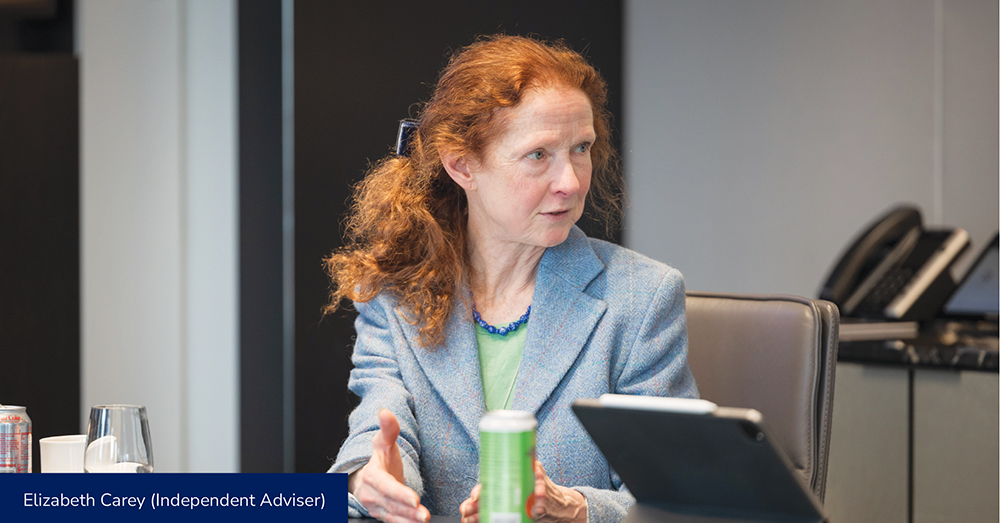
A maturing venture capital market
At approximately £19 billion in size and with momentum building across multiple industries, the UK venture capital sector is arguably more mature than many investors realise.
Schroders Capital’s Raikes argued that the maturity of UK venture capital should be judged not by scale alone but by its evolving quality – the depth of entrepreneurial talent, the professionalism of fund managers, and the increasing presence of successful exits.
He said: “We have amazing universities. We have amazing research institutions. We have large global tech companies that have their European headquarters here. Ultimately, backing visionary founders that create these exceptional category-defining companies creates economic growth and jobs.”
Raikes, meanwhile, identified three areas of exceptional promise: fintech, artificial intelligence (AI), and biotechnology. The UK, he argued, remains a global leader in fintech, with companies such as Revolut exemplifying the country’s capacity to produce world-class ventures. In AI, he cited a wave of high-growth firms “breaking scaling rules” through rapid commercial adoption.
He demonstrated one such company in which Schroders has invested, Synthesia, which uses AI to create realistic videos using avatars that can be seamlessly translated into multiple languages.
Biotechnology, meanwhile, presents what Raikes described as “a phenomenal opportunity”. With valuations at decade-long lows, late-stage biotech offers investors the chance to back clinically proven technologies at attractive entry points.
However, Raikes cautioned that the sector demands “long-term commitment and scientific literacy”, as short-term funding cycles can undermine promising ventures.
In addition, Carey highlighted potential cuts to research funding in the US, which she said could redirect talent and capital towards the UK, thereby enhancing domestic opportunity. Raikes confirmed this trend, citing anecdotal evidence of US firms seeking to relocate to the UK due to its favourable clinical and regulatory environment.
The next decade of UK venture capital
With investors keen to put actions to their words, how will the venture capital sector look in five or 10 years?
LPPI’s Tomlinson predicted continued progress towards productive, domestically anchored investment, driven by supply-chain resilience and technological innovation.
Dewey was similarly optimistic. “We will be a growing investor,” he stated, citing the Northern pool’s existing involvement in regional investment vehicles such as Northern Gritstone – although he emphasised that discipline and due diligence must accompany expansion. Buck added that the objective should be sustainable progress rather than rapid deployment.
There is evidently strong appetite for the opportunities presented by venture capital and growth capital. Challenges remain – not least the need for a slightly different mindset regarding risk.
But with the UK boasting the third biggest venture capital market in the world, and a range of exciting sectors such as fintech, quantum computing, and biotechnology, there is no reason why pension funds cannot help complete and expand that investment case for growth equity.
Participants
Sponsors
More Related Content...
|
|
|
